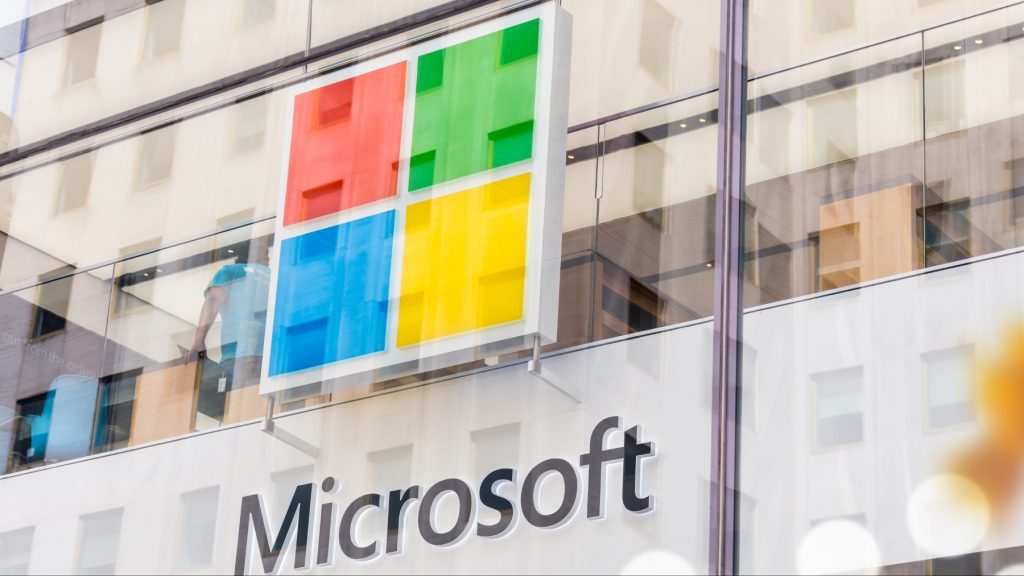
On Tuesday, Microsoft witnessed a 10-hours cyberattack outage that affected its major products, including Outlook and Minecraft.
While the outage was resolved, the initial investigations conducted around the cyberattack outage indicated it was due to a cyberattack, which the company’s systems failed to guard.
Microsoft attributed the outage to the failure of Distributed Denial-of-Service (DDoS), which triggered the attack. It stated, “While the initial trigger event was a Distributed Denial-of-Service (DDoS) attack… initial investigations suggest that an error in the implementation of our defences amplified the impact of the attack rather than mitigating it.”
What Is DDoS?
A Distributed Denial-of-Service attack is conceived to flood a website or an online service by hitting it with vast volumes of internet traffic. DDoS attacks occur when several computers, at the same time, produce an enormous volume toward a targeted site.
The effect of this will be that the server is overwhelmed and hence cannot process normal user requests. Cybercriminals often launch such attacks using networks of infected computers, thereby making it hard for the site to stay online.
Not the First One
The latest attack marks the second major outage in two weeks after an issue with a flawed software update by cybersecurity firm CrowdStrike took 8.5 million computers offline two weeks ago.
Microsoft apologized for the latest outage, pointing out that it is fully aware of the inconvenience this has caused to thousands of users who reported issues with its services.
The computer security expert, Professor Alan Woodward, was surprised by the outage stating, “It seems slightly surreal that we’re experiencing another serious outage of online services from Microsoft. You’d expect Microsoft’s network infrastructure to be bomb-proof.”
The cyberattack that led to this outage impacted other services that use Microsoft’s platforms, including Microsoft Azure and Microsoft 365, including Microsoft Office and Outlook. Cloud systems, like Intune and Entra, also had problems.
It Goes Beyond Microsoft
The outage went beyond expectations, as it has affected also several different organizations that mostly rely on Microsoft for its services.
For instance, Cambridge Water reported issues with their website, which affected services like MyAccount and PayNow. In addition, the HM Courts and Tribunals Service in England and Wales has confirmed that it was suffering issues with several online services.
Final Thoughts
The latest outage hitting Microsoft could be considered more than a glitch, with it occurring for one of the most companies to be secure. It also shows that the more technology is advancing, the more cyberattack outage are too, exceeding expectations and predictions.
This outage is also a reminder that the digital landscape has become more vulnerable. Therefore, it is very important for companies to take very strict measures and rethink their strategies, while also taking advantage of technologies such as AI to help them in the process.
Inside Telecom provides you with an extensive list of content covering all aspects of the tech industry. Keep an eye on our Cybersecurity sections to stay informed and up-to-date with our daily articles.